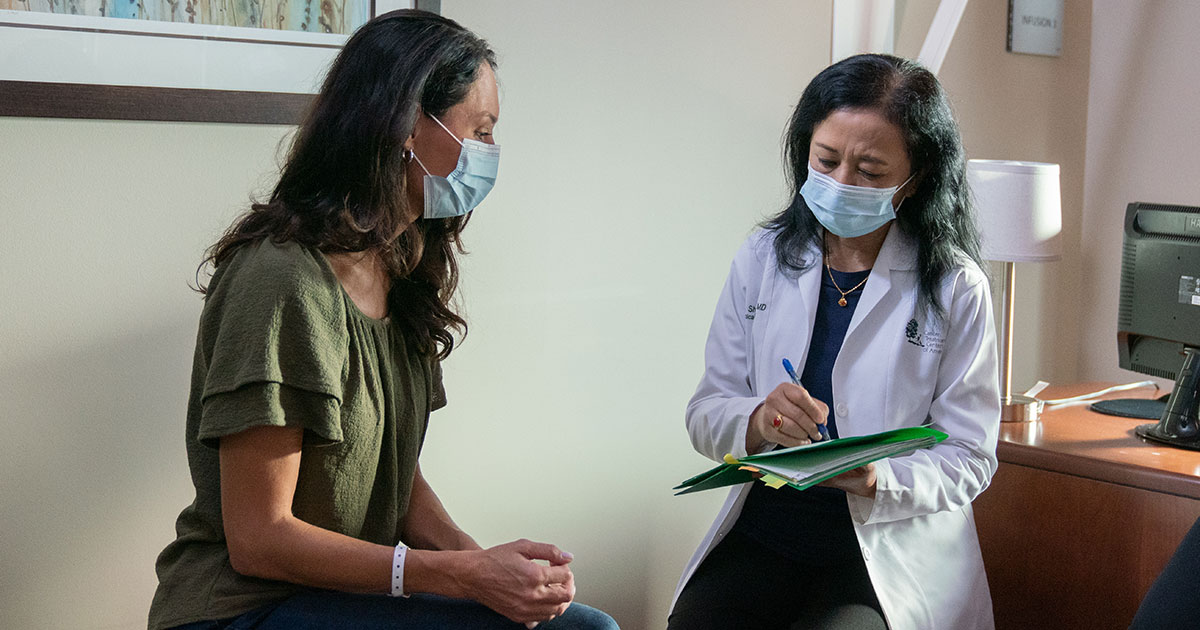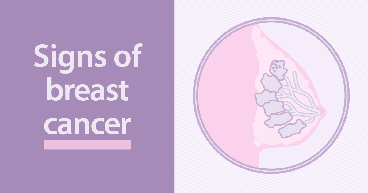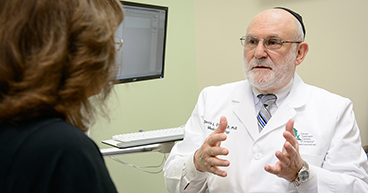
In the 1880s, an American physician named William Halstedt refined a procedure called a radical mastectomy to treat breast cancer. Using new surgical techniques, anesthesia and antiseptics, the surgeon would remove not only a woman’s breast, but all underlying tissue and muscle and lymph nodes in the chest up to the arm pit. The procedure was considered pioneering at the time, and in the decades to follow, the extensive and disfiguring surgery was performed on millions of women.
Today, radical mastectomies are rarely performed. Instead, doctors more often rely on surgical techniques designed to preserve breast tissue and surrounding muscle and on precision medicine that seeks to treat breast cancer on a cellular level.
The treatment options available to an individual breast cancer patient may depend on many factors, including the type and stage of breast cancer. Here are the answers to some common questions about breast cancer treatment options:
What treatment options are typically available?
Breast cancer treatments have two main goals: to destroy as much of the cancer as possible, and to prevent tumors from returning.
These treatments include:
Surgery
Surgery is the most common treatment for breast cancer. Procedures may include:
- Mastectomy removes one or both breasts, including the breast tissue, nipple, areola and skin.
- Lumpectomy, also known as breast-conserving surgery, removes only the cancerous breast tissue while leaving as much healthy tissue as possible. A lumpectomy is not an option for every breast cancer patient.
- Sentinel node biopsy removes one or a few of the first draining lymph nodes (glands under the arm) to determine whether cancer cells have spread beyond the breast.
- Oncoplastic and breast reconstruction surgery techniques reshape the breast and may be used to prevent scarring and deformation of the breast.
To determine which surgical approach may address your needs and treatment goals, your surgical oncologist may rely on information from a pathologist, who interprets the biopsy results, a medical oncologist, radiation oncologist and/or other members of your care team to determine if other treatments may be required before and/or after breast cancer surgery.
Radiation therapy
Breast cancer radiation therapy uses targeted energy like X-rays to kill cancer cells. When used for breast cancer treatment, radiation is delivered to the affected breast and, in some cases, to the lymph nodes under the arm or at the collarbone.
Radiation therapy for breast cancer is often given after a lumpectomy and sometimes after a mastectomy, to decrease the risk of local cancer recurrence. The treatments typically start several weeks after breast cancer surgery so the area has time to heal. Radiation therapy may be used:
- As a primary treatment to destroy cancer cells
- Before another treatment to shrink a tumor
- After another treatment to stop the growth of remaining cancer cells
- In combination with other treatments to stop cancer cell growth
- To relieve symptoms of advanced cancer
Typical courses of radiation treatment are administered five times a week for about six weeks, though the total duration depends on a number of factors, including the patient’s general health and medical history and the risk of cancer recurrence.
Other treatments
Your doctor may recommend other treatments in addition to surgery or radiation in order to kill cancer cells that were left behind by other treatments. The goal of these other treatments is to destroy or control cancer cells all over the body. They include:
- Chemotherapy, to deliver anti-cancer drugs throughout the body to kill cancer cells
- Hormone therapy, to prevent hormones from fueling the growth of breast cancer cells
- Targeted therapy, to attack specific genetic features on cancer cells
What are the possible side effects of each treatment option?
Breast cancer treatments may cause temporary side effects that go away soon after treatment is completed, in addition to longer-term side effects that last months or years. Below is a list of the side effects associated with each treatment option.
Surgery: Surgical procedures for breast cancer may cause short-term pain or discomfort in the treated area. Also, the muscles of the arm may feel weak, and the skin in the breast area may feel tight. Surgery involving the lymph nodes may cause swelling in the arm, a condition known as lymphedema.
Radiation therapy: Many breast cancer patients who undergo radiation therapy experience skin irritation and breast pain. These conditions usually begin within a few weeks of starting treatment and go away on their own within six months after treatment ends. For some patients, however, these symptoms may not develop until several months or years after treatment. Another common radiation-related side effect is fatigue, especially in the later weeks of treatment and for some time afterward.
Chemotherapy: Certain chemotherapy drugs may cause potential side effects like nausea, vomiting, fatigue, nerve damage, sore mouth, diarrhea, constipation and decreased blood counts.
Hormone therapy: Some hormone therapies for breast cancer may cause a wide range of side effects, such as hot flashes; vaginal discharge, dryness and irritation; irregular periods; decreased sex drive and mood changes. Aromatase inhibitors may also cause joint and muscle pain, as well as an increased risk of bone thinning (osteoporosis).
Targeted therapy: Side effects for HER2-positive targeted therapy drugs are typically mild, but serious side effects are possible and may include nausea, vomiting, diarrhea, fatigue, mouth sores and rashes.
How can I manage treatment-related side effects?
The side effects of breast cancer treatment may be managed with evidence-informed supportive care therapies. The idea is to help you maintain your strength and stamina, so you are better able to stay on your treatment regimen without interruption. Naturopathic support, nutritional support, pain management and oncology rehabilitation are some examples of supportive therapies that may help breast cancer patients reduce the impact of cancer treatment side effects.
How quickly do I need to make a decision about breast cancer treatment?
Treatment for breast cancer generally should start soon after diagnosis, but in most cases, it won’t hurt to wait a few weeks to begin treatment. Even more important than beginning treatment immediately is to understand and evaluate your treatment options with your care team and loved ones, and then decide what’s best for you.
Will my breast cancer treatment affect my ability to have a baby?
Women of childbearing age who are being treated for breast cancer may be concerned about the impact on their ability to conceive a child in the future. Treatments such as chemotherapy, radiation therapy or a combination of the two may affect fertility.
Breast cancer chemotherapy may affect the functioning of the ovaries, reducing the number or quality of the eggs. These anti-cancer drugs may also cause infertility in women who haven’t started menopause (pre-menopausal). The likelihood of infertility may depend on the type of chemotherapy drugs used, the dose given and your age.
Radiation therapy kills cancer cells by stopping or reducing their growth and division. Because radiation sometimes passes through healthy tissues, organs near the cancer site may be affected, potentially causing temporary or permanent infertility, especially if the radiation was delivered directly to the pelvic region.
You may want to consider your options for preserving fertility before starting treatment and discuss your questions and concerns with your oncologist.
What if I don’t want cancer treatment?
No treatment is without some sort of risk. A decision to decline treatment has its risks, too. Breast cancer patients may refuse their doctors’ treatment recommendations in whole or in part. Palliative care, designed to help control severe side effects such as pain or nausea, may help you manage your quality of life in the meantime.
Concerned about your cancer risk? Try our Risk Management Tool.


